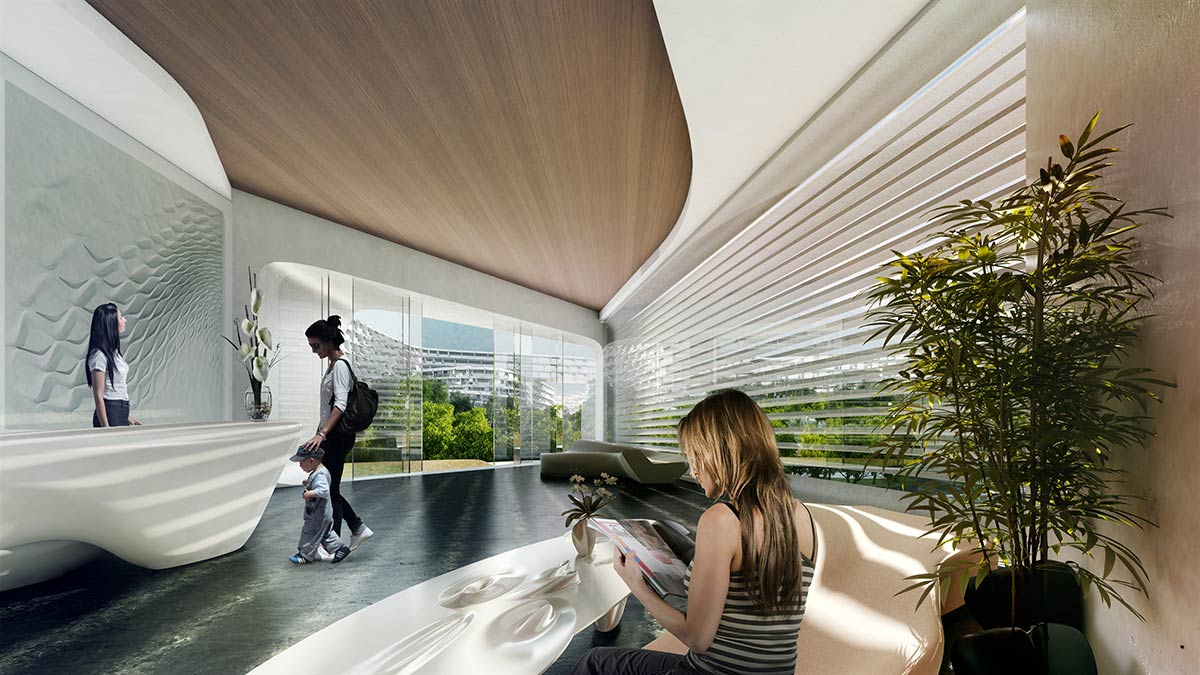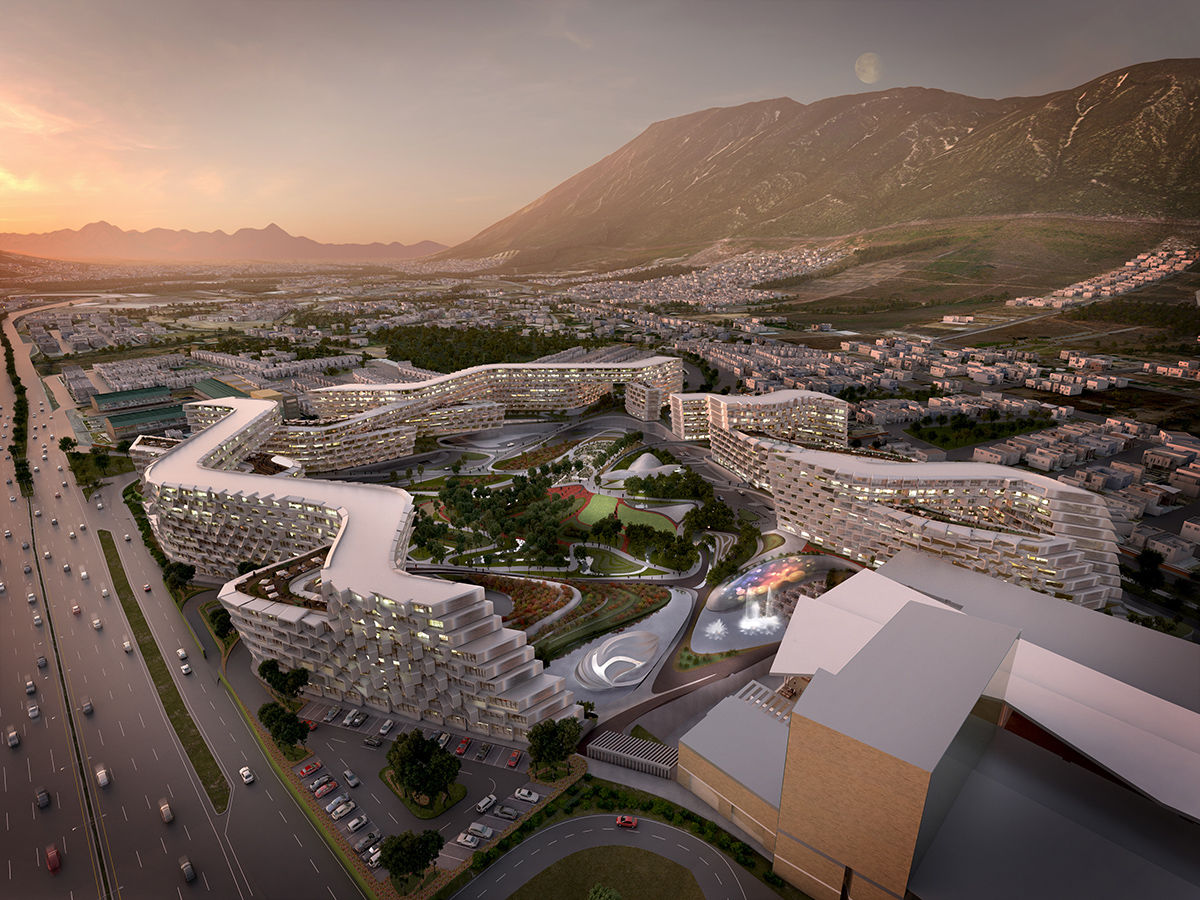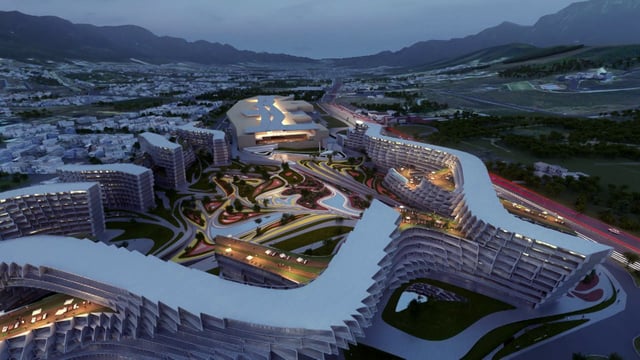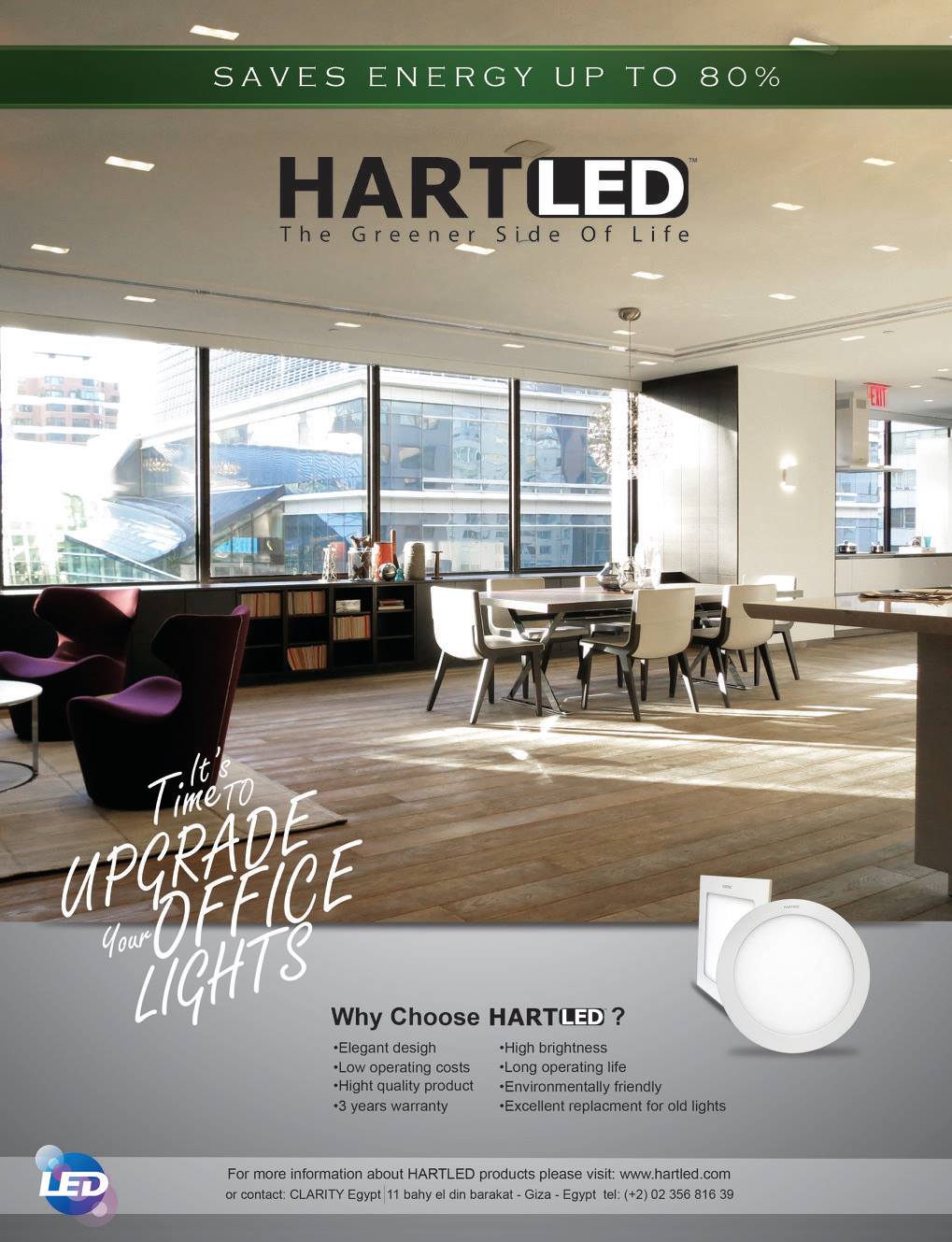Esfera City Centre
Whenever we find out that Zaha Hadid architects have a new project, we always get excited, knowing that a new monument to modern design grounded in functionality, beauty, and sustainability is underway somewhere in the world. This time the excitement is in Monterrey, Mexico, where the architects are busy at work on a new residential development that is set to become a new focal point for the local community.
By Kate Dannies
Esfera City Centre was conceived of as a high-density residential development composed of 12 towering structures—until ZHA came along with a plan to create a community-oriented residential community that would fuse the need for high density housing in a growing part of the city with the desire to foster community and cohesiveness with the surrounding environment.

Located in a growing area of Monterrey, Huajuco Canyon, this project is part of the local government’s on going effort to provide housing opportunities for a growing population without allowing crowding and population density to overwhelm the urban centre. The Canyon area is fast becoming a new hub, and the addition of Esfera City Centre will only help to establish its status as a new focal point in the city’s southeast.

Accommodating 981 units ranging from studios to four bedroom apartments, the project now consists of a series of low rise buildings arranged around three sides of the building site. The height of the buildings is closely tied to the context of the building site, with slightly higher structures adjacent to the urban commercial side, scaling down to harmonize with the low density suburban environment that characterizes the other side of the site.
Equal attention has been given to public spaces, which include a series of inner and outer courtyards and gardens for the benefit of residents. In creating abundant outdoor spaces, the architects have taken advantage of the environment of Huajuco Canyon, which is actually a subtropical microclimate that offers breezier summers and milder winters than other areas of the city.

A community-oriented approach has been central to the design. By incorporating principles of CPTED (Crime Prevention Through Environmental Design) which include welcoming, interconnected public spaces popular with neighbours and passers-by, the design offers increased levels of community safety whilst also contributing to the urban integration and composition of the project.
We can’t wait to see how this project turns out; Monterrey is starting to sound quite appealing all of a sudden…



